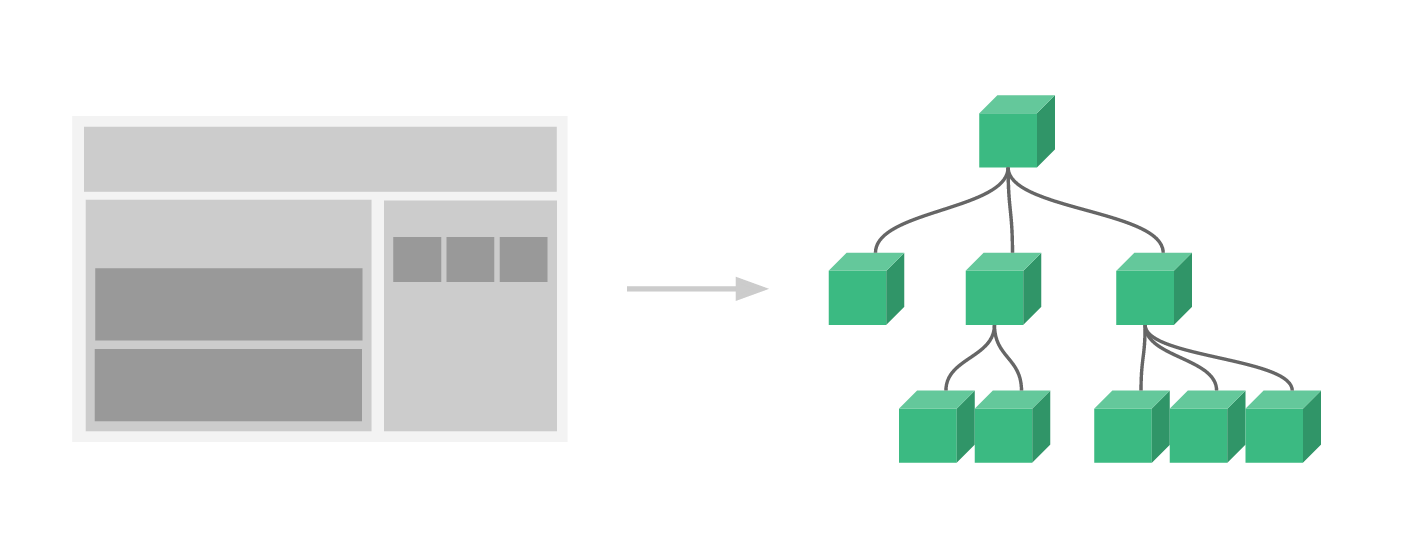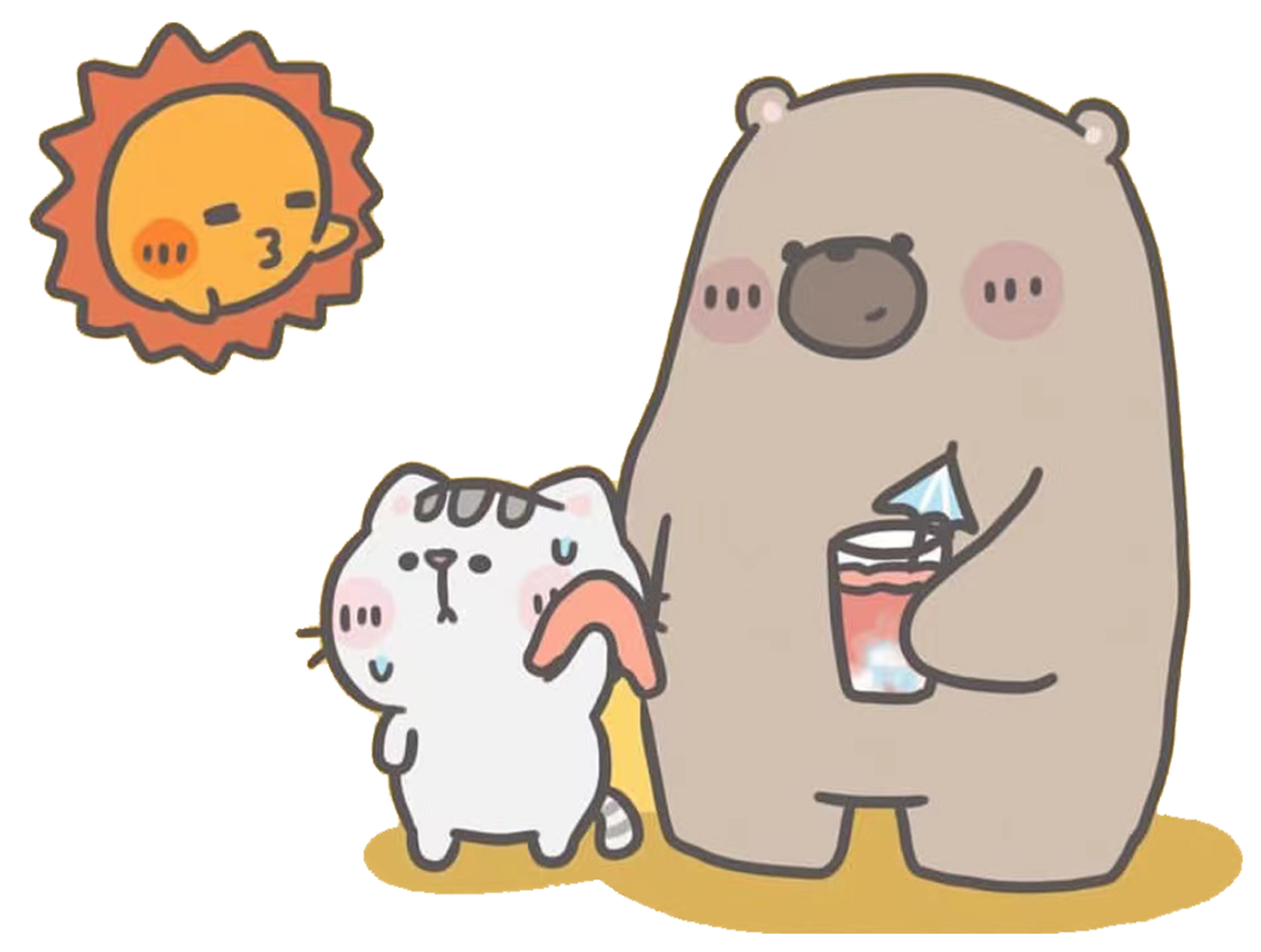Vue组件化编程
1.模块与组件、模块化与组件化
1.1 模块
理解: 向外提供特定功能的 js 程序, 一般就是一个 js 文件
为什么: js 文件很多很复杂
作用: 复用 js, 简化 js 的编写, 提高 js 运行效率
1.2 组件
理解: 用来实现局部(特定)功能效果的代码集合(html/css/js/image…..)
为什么: 一个界面的功能很复杂
作用: 复用编码, 简化项目编码, 提高运行效率
1.3 模块化
当应用中的 js 都以模块来编写的, 那这个应用就是一个模块化的应用。
1.4 组件化
当应用中的功能都是多组件的方式来编写的, 那这个应用就是一个组件化的应用

2.非单文件组件
19.1 基本使用
19.1.1 定义组件
使用Vue.extend(options)创建,其中options和new Vue(options)时传入的那个options几乎一样,但也有点区别,区别如下:
- el不要写,为什么? ——— 最终所有的组件都要经过一个vm的管理,由vm中的el决定服务哪个容器。
- data必须写成函数,为什么? ———— 避免组件被复用时,数据存在引用关系。
备注:使用template可以配置组件结构。
19.1.2 注册组件
1.局部注册:靠new Vue的时候传入components选项 2.全局注册:靠Vue.component('组件名',组件)
19.1.3 使用组件
<xxx></xxx>,xxx为定义的组件名
代码示例
<!DOCTYPE html>
<html>
<head>
<meta charset="UTF-8" />
<title>基本使用</title>
<script type="text/javascript" src="../js/vue.js"></script>
</head>
<body>
<!-- 准备好一个容器-->
<div id="root">
<hello></hello>
<hr />
<h1>{{msg}}</h1>
<hr />
<!-- 第三步:编写组件标签 -->
<school></school>
<hr />
<!-- 第三步:编写组件标签 -->
<student></student>
</div>
<div id="root2">
<hello></hello>
</div>
</body>
<script type="text/javascript">
Vue.config.productionTip = false;
//第一步:创建school组件
const school = Vue.extend({
template: `
<div class="demo">
<h2>学校名称:{{schoolName}}</h2>
<h2>学校地址:{{address}}</h2>
<button @click="showName">点我提示学校名</button>
</div>
`,
// el:'#root', //组件定义时,一定不要写el配置项,因为最终所有的组件都要被一个vm管理,由vm决定服务于哪个容器。
data() {
return {
schoolName: "mooc",
address: "北京昌平",
};
},
methods: {
showName() {
alert(this.schoolName);
},
},
});
//第一步:创建student组件
const student = Vue.extend({
template: `
<div>
<h2>学生姓名:{{studentName}}</h2>
<h2>学生年龄:{{age}}</h2>
</div>
`,
data() {
return {
studentName: "张三",
age: 18,
};
},
});
//第一步:创建hello组件
const hello = Vue.extend({
template: `
<div>
<h2>你好啊!{{name}}</h2>
</div>
`,
data() {
return {
name: "Tom",
};
},
});
//第二步:全局注册组件
Vue.component("hello", hello);
//创建vm
new Vue({
el: "#root",
data: {
msg: "你好啊!",
},
//第二步:注册组件(局部注册)
components: {
school,
student,
},
});
new Vue({
el: "#root2",
});
</script>
</html>
19.2 几个注意点
19.2.1 关于组件名:
- 一个单词组成:
- 第一种写法(首字母小写):school
- 第二种写法(首字母大写):School
- 多个单词组成:
- 第一种写法(kebab-case命名):my-school
- 第二种写法(CamelCase命名):MySchool (需要Vue脚手架支持)
- 备注:
- 组件名尽可能回避HTML中已有的元素名称,例如:h2、H2都不行。
- 可以使用name配置项指定组件在开发者工具中呈现的名字。
19.2.2 关于组件标签:
- 第一种写法:<school></school>
- 第二种写法:<school/>
- 备注:不用使用脚手架时,<school/>会导致后续组件不能渲染。
19.2.3 一个简写方式
const school = Vue.extend(options) 可简写为:const school = options
示例代码
<!DOCTYPE html>
<html>
<head>
<meta charset="UTF-8" />
<title>几个注意点</title>
<script type="text/javascript" src="../js/vue.js"></script>
</head>
<body>
<!-- 准备好一个容器-->
<div id="root">
<h1>{{msg}}</h1>
<school></school>
</div>
</body>
<script type="text/javascript">
Vue.config.productionTip = false
//定义组件
const s = Vue.extend({
name:'xuexiao',
template:`
<div>
<h2>学校名称:{{name}}</h2>
<h2>学校地址:{{address}}</h2>
</div>
`,
data(){
return {
name:'mooc',
address:'北京'
}
}
})
new Vue({
el:'#root',
data:{
msg:'欢迎学习Vue!'
},
components:{
school:s
}
})
</script>
</html>
19.3 组件的嵌套
示例代码
<!DOCTYPE html>
<html>
<head>
<meta charset="UTF-8" />
<title>组件的嵌套</title>
<!-- 引入Vue -->
<script type="text/javascript" src="../js/vue.js"></script>
</head>
<body>
<!-- 准备好一个容器-->
<div id="root"></div>
</body>
<script type="text/javascript">
Vue.config.productionTip = false; //阻止 vue 在启动时生成生产提示。
//定义student组件
const student = Vue.extend({
name: "student",
template: `
<div>
<h2>学生姓名:{{name}}</h2>
<h2>学生年龄:{{age}}</h2>
</div>
`,
data() {
return {
name: "mooc",
age: 18,
};
},
});
//定义school组件
const school = Vue.extend({
name: "school",
template: `
<div>
<h2>学校名称:{{name}}</h2>
<h2>学校地址:{{address}}</h2>
<student></student>
</div>
`,
data() {
return {
name: "mooc",
address: "北京",
};
},
//注册组件(局部)
components: {
student,
},
});
//定义hello组件
const hello = Vue.extend({
template: `<h1>{{msg}}</h1>`,
data() {
return {
msg: "欢迎来到mooc学习!",
};
},
});
//定义app组件
const app = Vue.extend({
template: `
<div>
<hello></hello>
<school></school>
</div>
`,
components: {
school,
hello,
},
});
//创建vm
new Vue({
template: "<app></app>",
el: "#root",
//注册组件(局部)
components: { app },
});
</script>
</html>
19.4 VueComponent
1.school组件本质是一个名为VueComponent的构造函数,且不是程序员定义的,是Vue.extend生成的。
2.我们只需要写<school/>或<school></school>,Vue解析时会帮我们创建school组件的实例对象,即Vue帮我们执行的:new VueComponent(options)。
3.特别注意:每次调用Vue.extend,返回的都是一个全新的VueComponent!!!!
4.关于this指向:
- 组件配置中: data函数、methods中的函数、watch中的函数、computed中的函数 它们的this均是【VueComponent实例对象】。
- new Vue(options)配置中: data函数、methods中的函数、watch中的函数、computed中的函数 它们的this均是【Vue实例对象】。
5.VueComponent的实例对象,以后简称vc(也可称之为:组件实例对象)。Vue的实例对象,以后简称vm。
19.5 重要内置关系
一个重要的内置关系:
VueComponent.prototype.__proto__===Vue.prototype为什么要有这个关系:让组件实例对象(vc)可以访问到 Vue原型上的属性、方法。

3.单文件组件
3.1 单文件组件介绍
Vue 的单文件组件 (即 *.vue 文件,英文 Single-File Component,简称 SFC) 是一种特殊的文件格式,使我们能够将一个 Vue 组件的模板、逻辑与样式封装在单个文件中。下面是一个单文件组件的示例:
<script>
export default {
data() {
return {
greeting: 'Hello World!'
}
}
}
</script>
<template>
<p class="greeting">{{ greeting }}</p>
</template>
<style>
.greeting {
color: red;
font-weight: bold;
}
</style>
Vue 的单文件组件是网页开发中 HTML、CSS 和 JavaScript 三种语言经典组合的自然延伸。<template>、<script> 和 <style> 三个块在同一个文件中封装、组合了组件的视图、逻辑和样式。
